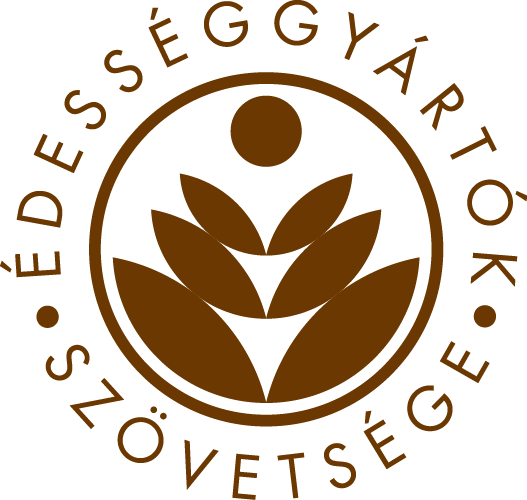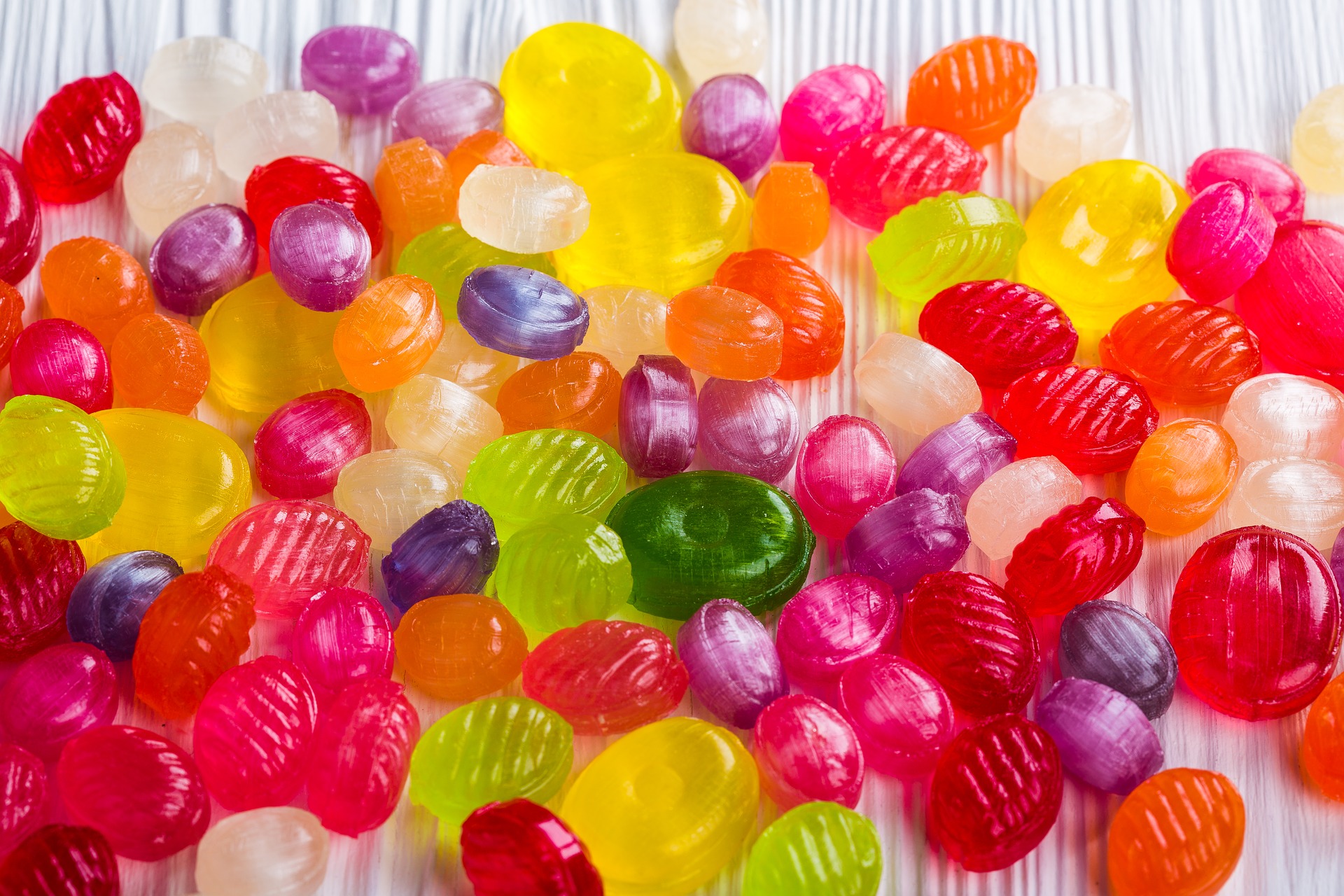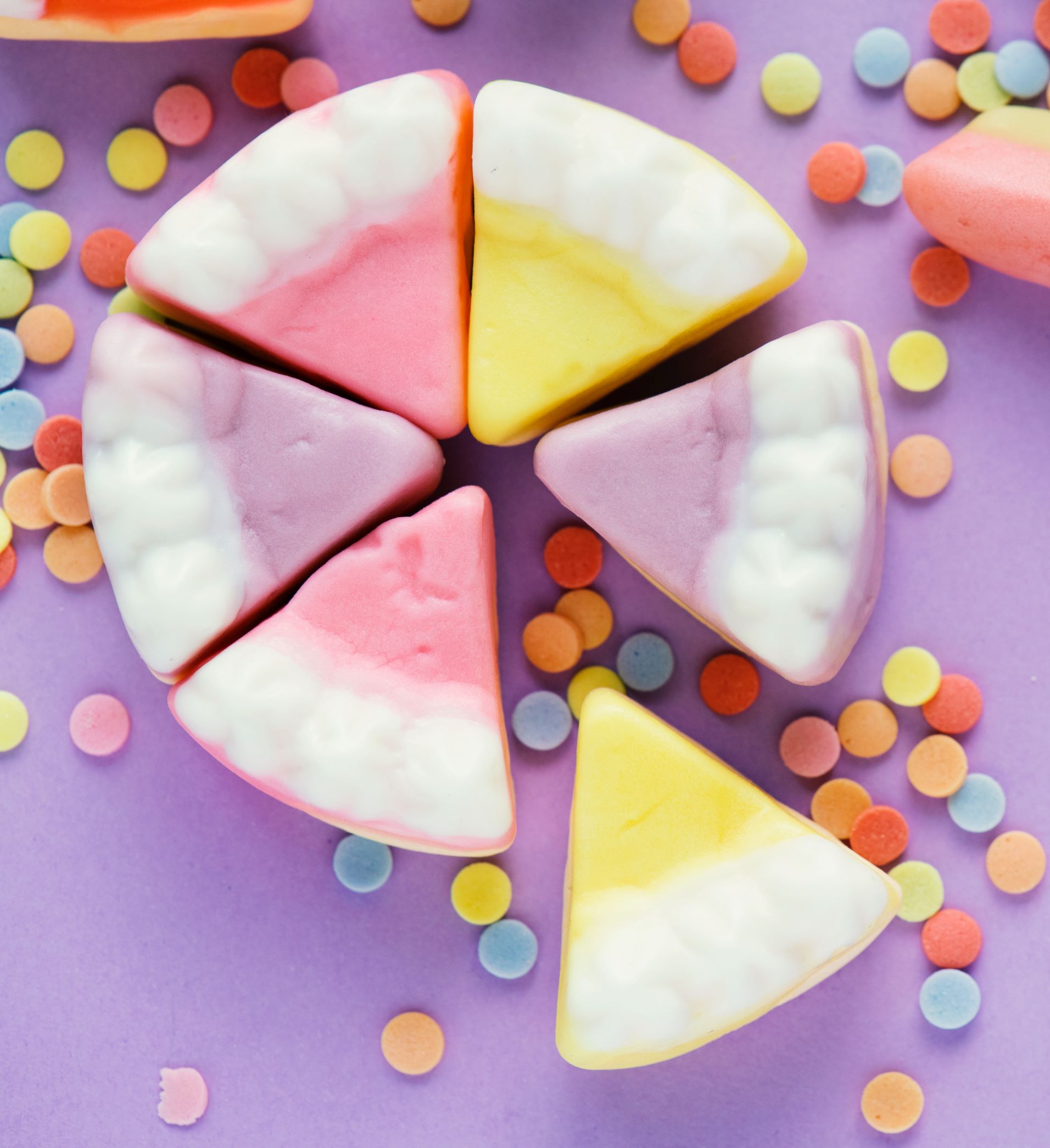The candy market is on the rise again, and after a few years, more and more domestic buyers will indulge in some sweet delights. In accordance with consumer trends, novelties have emerged in the fruit gum and licorice markets as well, such as gluten-free or vegetarian gummy candies. Candy production today is thriving globally: the world’s candy market in 2016 exceeded USD 85 billion (Mordor Intelligence), which accounts for more than half of the global USD 180 billion global confectionery market. Demand for candy is expected to continue to grow steadily as the middle class is widening worldwide.
The origin of candies is derived from ancient Egyptians who combined fruits and nuts with honey at least 1,500 years B.C., but ancient Greeks, Romans and Chinese also made various sweets using honey. Around the 4-6 century B.C. with Persian and Greek mediation sugar set off from its native India, and became more widely known in distant lands.
The first modern candies were made in Europe in the 16th century. Blended with herbs they were primarily sold as digestive tablets. In those times the consumption of inadequately handled, rotten food was frequent, and a strong, herbal candy could help digestion.
Because the price of sugar remained extremely high until the last century, confectionery as a luxury product was the privilege of the richest people. They could indulge themselves with candy canes which were already available in the 1600s. The canes were bent by a conductor in 1970 in Nürnberg to remind the members of the children’s choir of the good shepherd’s symbol: the crosier before Christmas. In the same period in Paris, in the court of the Sun King, the first bonbons were made.
Two hundred years later not only kings and the privileged can chew candies and bonbons. In the 19th century, parallel with the emergence of industrial mass production, candy became more and more widely available and the little sweets particularly became the favorites of the working class.
In Hungary at the time, the growing demand for candy was initially satisfied by the Austrian and Czech confectionery industry. Hungarian candy production was only started after the Austro-Hungarian Compromise of 1867, with a rudimentary mechanization. Frigyes Stühmer who emigrated from Hamburg established a candy factory in Budapest in 1868, while József Weisz founded one in Sopron. In addition, handcraft confectioners produced confectionery with rather primitive methods, until Stühmer modernized candy production in 1909. (Chemonet)
Later, iconic brands such as Negro, Francia Drazsé, or Dunakavics were born. The candy market has continued to grow and new product forms have emerged, which have already had great success in other countries and have become major players in the markets such as gummy candy. At present, besides domestic products, there are also imported products with different types of taste, texture and shape.
In addition to the Hungarian-developed brands – Fundy and Flórián – since the early 2000s, the globally popular Haribo gummy candies have been manufactured in Nemesvámos, Hungary too. Since then, the product range has expanded considerably, and in addition to single-layer gummy candies, foamed, double-layered, sugared, sour and coated products are also being produced in Hungary both for the local and export markets, thus contributing to the performance of the Hungarian economy.
According to a recent survey commissioned by the Association of Hungarian Confectionery Manufacturers most types of sweets are typically consumed at home, but the smaller the confectionery, the more likely it is to be eaten at work or on the go. Candies and gummies are primarily the favorites of children and youths, and when adults also get a taste, these types of sweets are consumed in family circles most of the time.
The presentation on the following link provides a brief overview of candy consumption habits: https://bit.ly/2lPUwsY
You can download the illustrations of the Hungarian Museum of Trade and Tourism for the material at the following link: https://bit.ly/2KI79ViT



